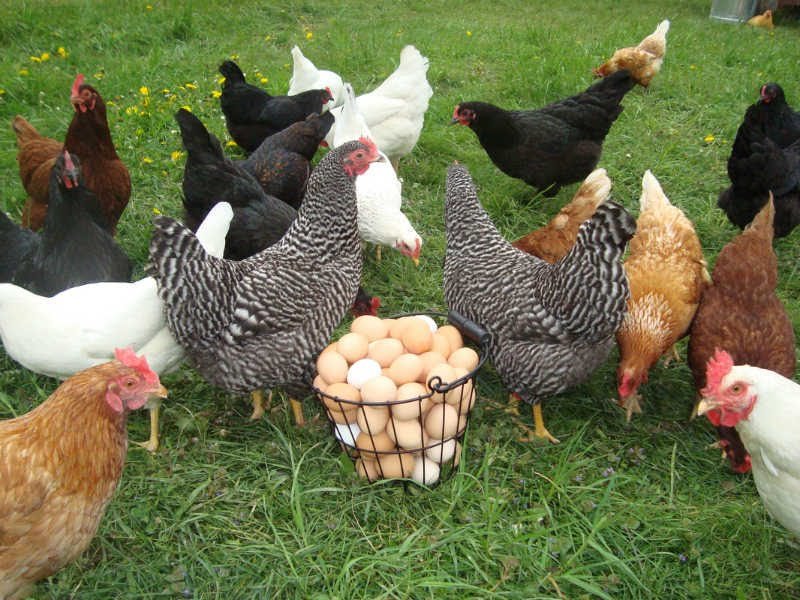Fish Farming: Three Profitable Freshwater Fish to Farm in Liberia

Fish farming is booming and by 2030, the world will farm as many fish says the United Nation Food and Agriculture Organization (FAO).
Additionally, experts say that fish farming, if it is encouraged, it will improve income generation, foreign exchange, and create jobs for many. Moreover, fish farming will impact protein availability and feed production for farm animals.
Despite these potentials, it is important to understand the water environment that is appropriate for fish farming, as some fish types can be farmed in fresh or salt water. For the freshwater fish types, popular tilapia, catfish, and carp can be farmed in Liberia without difficulties.

Tilapia
Tilapia is a commonly farmed fish across the world. According to the United States’ Food and Drug Administration, Tilapia is a good choice for pregnant women, breastfeeding women and children over the age of 2 years.
Tilapia flourishes in tropical areas and they are a good source of protein, vitamins and other minerals that the human body needs. Research proves that the fish group is a good source of protein, niacin, vitamin B12, phosphorus, potassium, and selenium.
Tilapia survives well in water with a temperature between 25-30 °C, and they are able to eat many types of food which make them very easy to raise. They take 5 to 6 months to mature and weigh 150 to 200 grams when they are under a good farm management system.

Catfish
Catfish is a prolific and resilient freshwater fish. Under a good management system, catfish are harvested between 15 to 18 months and weigh 1-2 pounds when mature.
The fish thrives in water with a temperature between 24–30 °C and they are popular for their good health benefits. They are a good source of nutrients including protein, vitamin, and minerals.
The fish’s commercial feed are made of nutrients including, carbohydrate, vitamins, minerals, protein and amino acid but research conducted in other African countries revealed that farmers sourced needed nutrients for catfish from local materials including chicken entrails, mince poultry, slaughterhouse waste, butchery sweeping, fish market waste (mainly fish entrails) maggots, termites, earthworms, trash fish, restaurant kitchen waste and live juvenile tilapia.

Carp
Carp is one of the most popular freshwater fish types. The fish group is a good source of vitamins (Vitamin B12) and minerals (phosphorous), proteins, fatty acids, and antioxidants that the human body needs to grow and properly function.
Carp have nine species that vary in weight, length and harvesting time. Some of carp popular species include Silver carp, Grass carp, Common carp, Bighead carp, Crucian carp, Catla carp (Indian Carp), Black carp, Mud carp, and Migral carp.
Although cap feed should contain nutrients including protein, vitamins, lipid, mineral, and carbohydrate; nutrient intake is primarily determined by species.
Carp thrive with water temperature between from 23 °C and 30 °C.






I am interested in to fish farming in Liberia. I will be returning to Liberia early and thinking of investing in fish farming. I need more information.
Thanks you for this project for our Liberia. Your project and its sit is encouraging, which will put Liberia on world map when it’s come to fish production or farming.
Thanks again, I just want to say that I am interested and I want to be a part of this program.